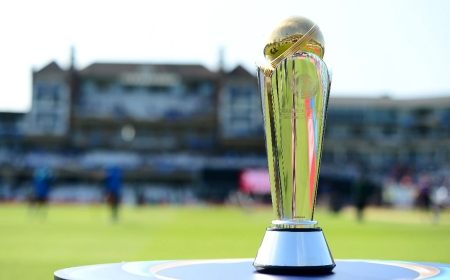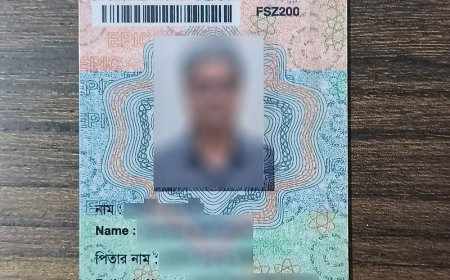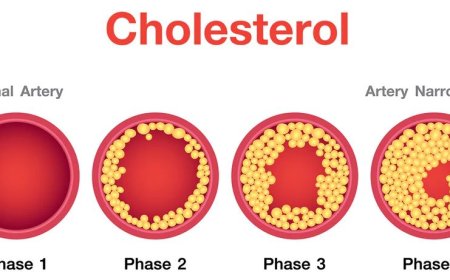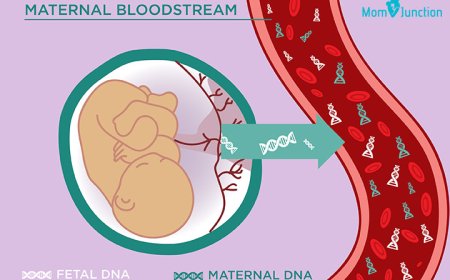Diabetes Insipidus
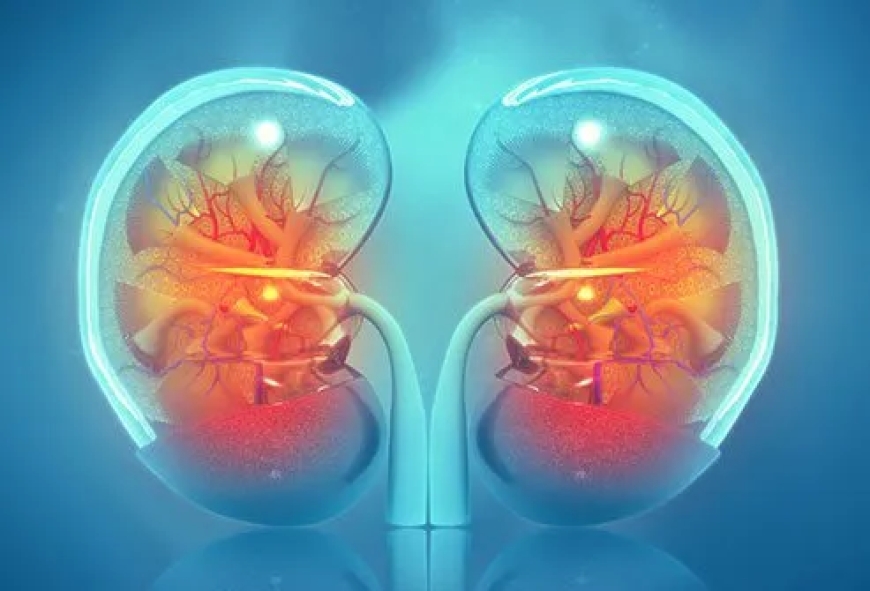
Introduction:
Once upon a time in a beautiful land called India, there lived a young boy named Raj. Raj was just like any other 10-year-old, except for one thing – he was always thirsty. No matter how much water he drank, his thirst seemed unquenchable. This made him feel tired and weak all the time. Raj's parents were worried and decided to take him to the doctor to find out what was wrong.
Signs and Symptoms:
The doctor examined Raj and asked him about his symptoms. Besides extreme thirst, Raj also had to use the bathroom frequently and felt very dehydrated. These were some of the common signs of Diabetes Insipidus (DI). But don't worry if you haven't heard of it before, as it's quite rare.
What Is Diabetes Insipidus?
DI is not the same as the more common diabetes (Diabetes Mellitus) that you might have heard of, which affects how your body processes sugar. Instead, Diabetes Insipidus is a condition that affects how your body handles fluids. The word "insipidus" means tasteless, and in this case, it refers to the fact that the urine of people with DI is tasteless, colorless, and odorless, just like water!
How Is Diabetes Insipidus Classified?
DI can be classified into different types based on its causes and how it affects the body. The two main types are:
-
Central DI: This type occurs when there is a problem with the hypothalamus or pituitary gland in the brain, which produces a hormone called vasopressin. Vasopressin is responsible for telling the kidneys to reabsorb water, so when it's not produced correctly, the body loses too much water through urine.
-
Nephrogenic DI: This type happens when the kidneys don't respond properly to vasopressin, even if it's produced normally. It's like the kidneys don't understand the message to hold onto water, so it gets wasted in the urine.
Causes and Triggers:
There can be various reasons behind DI. Sometimes it happens due to an injury or tumor in the brain, affecting the production of vasopressin. In other cases, it might be a genetic condition, meaning it runs in the family. Nephrogenic DI can be caused by certain medications or kidney diseases.
Risk Factors:
Risk factors are things that make someone more likely to develop a particular condition. For example, if someone has a family history of DI, they might have a higher risk of getting it too. Certain medications or kidney problems can also increase the risk of developing DI.
Types of Diabetes Insipidus:
Let's dive into each type a bit more:
-
Central DI: This type often occurs after head injuries, brain surgery, or infections that affect the brain. It can also be caused by tumors in the brain or genetic factors. The treatment for Central DI usually involves a synthetic form of vasopressin called desmopressin, which helps the body retain water.
-
Nephrogenic DI: This type can be caused by certain medications like lithium, which is sometimes used to treat mental health conditions. Sometimes, it can be a result of kidney diseases or genetic factors. Treatment for Nephrogenic DI includes managing the underlying cause and sometimes using diuretics to reduce urine production.
Diagnostic Tests and Treatments:
To diagnose DI, doctors might perform the following tests:
-
Water Deprivation Test: This test involves limiting fluid intake to see how the body responds and how concentrated the urine becomes. It helps determine if the kidneys are responding to vasopressin correctly.
-
MRI or CT Scan: These are imaging tests of the brain to check for any abnormalities that might be causing Central DI.
Treatments:
The main goal of treating DI is to manage the thirst and excessive urination. For Central DI, the doctor might prescribe desmopressin in the form of nasal sprays, pills, or injections. In the case of Nephrogenic DI, the focus is on treating the underlying cause and sometimes using diuretics.
Complications and Prevention:
If left untreated, DI can lead to dehydration, electrolyte imbalances, and even brain damage in severe cases. However, with proper treatment and management, these complications can be prevented.
Prevention:
Since DI is often caused by factors beyond one's control, prevention is not always possible. However, if you have a family history of DI, it's essential to be aware of the signs and symptoms and seek medical attention if needed.
So, Raj's doctor identified that he had Central DI, and he started taking desmopressin medication. With the right treatment, Raj's thirst was finally quenched, and he felt much better.
if you ever feel excessively thirsty or notice any unusual changes in your body, don't hesitate to talk to your parents and visit a doctor. Taking care of our health is essential, just like Raj did with the help of his caring parents and doctors!
What's Your Reaction?




















